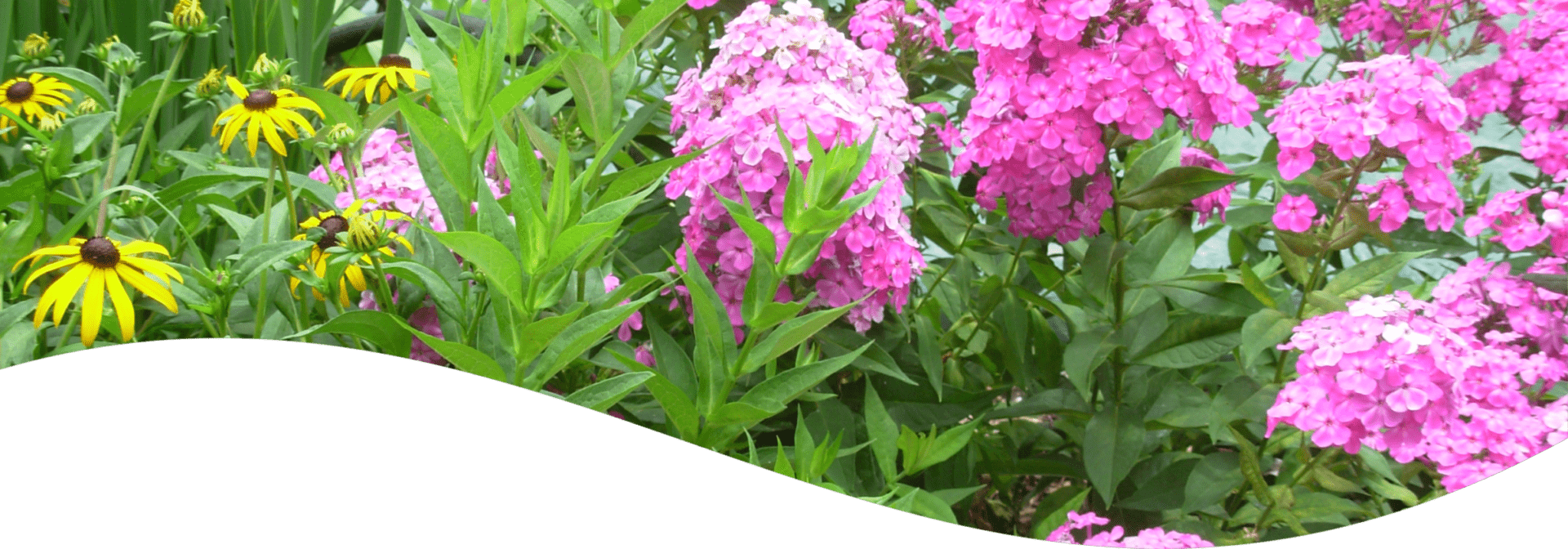Women in the Landscape Industry
Strong Women, Stronger Industry: The Growing Role of Women in Landscaping The landscape industry is often perceived as male-dominated—full of muddy boots, heavy machinery, and rugged fieldwork. While that perception may still hold some truth, …

